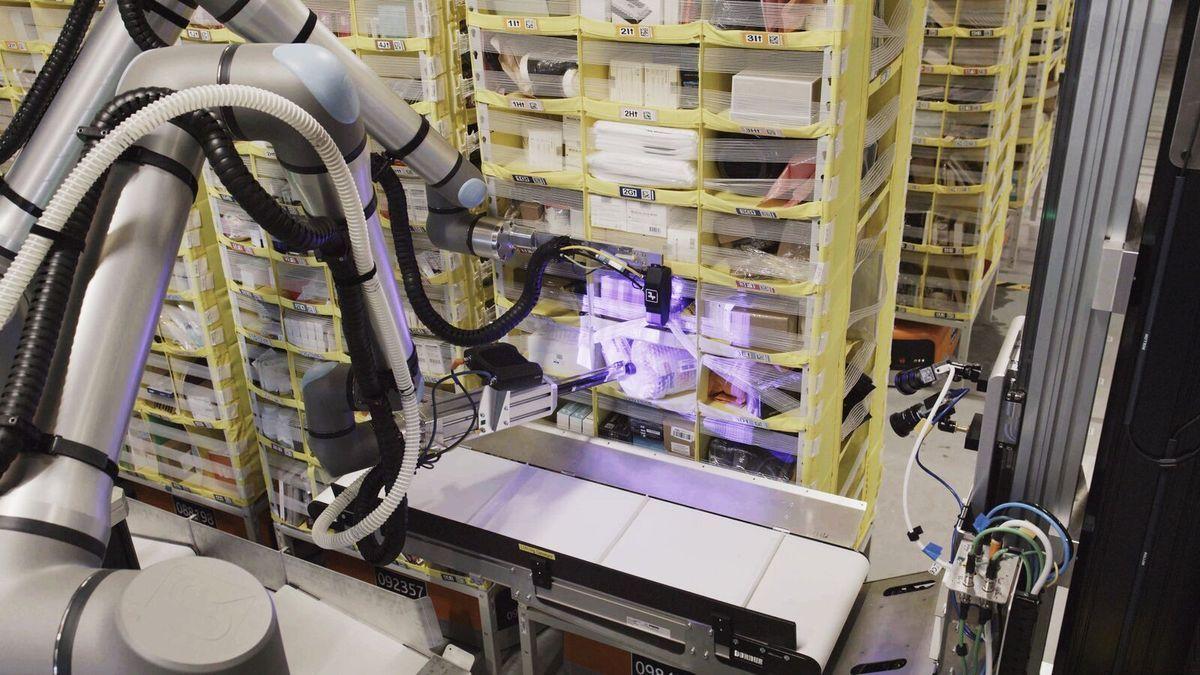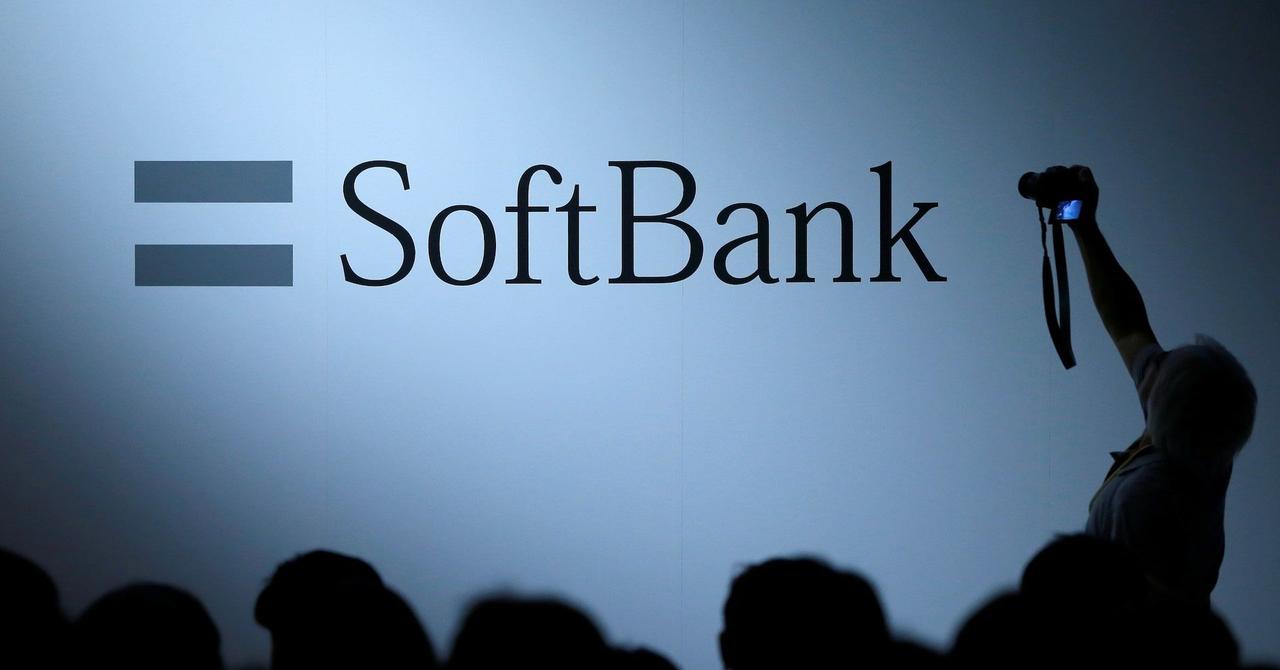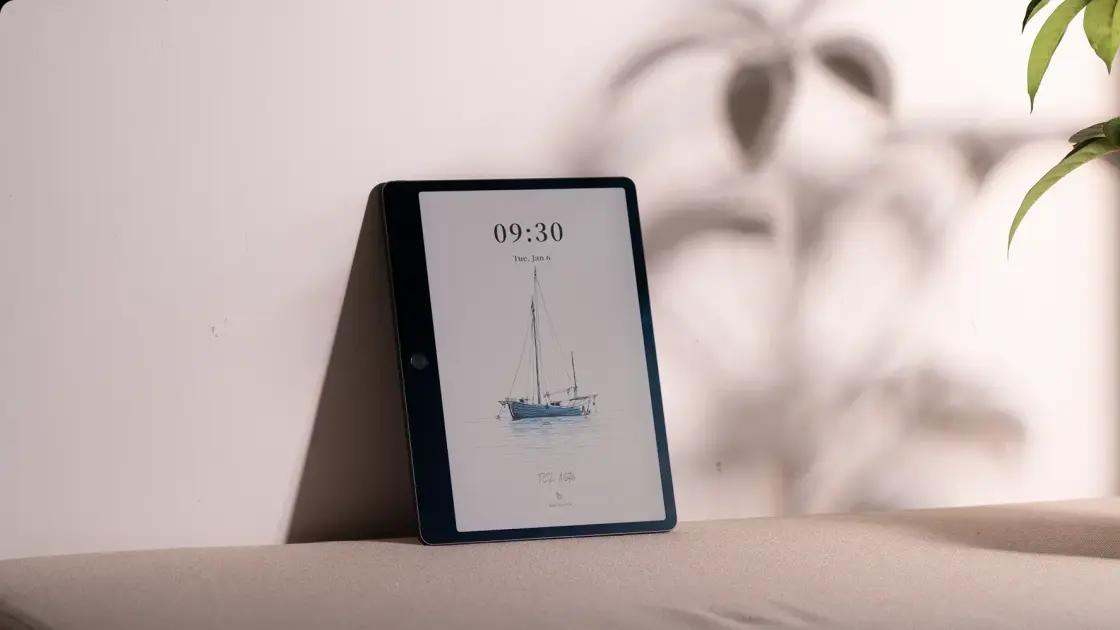Amazon's Vulcan: The Warehouse Robot with a 'Sense of Touch' Reshaping Automation
2 Sources
2 Sources
[1]
Amazon's new warehouse robot has a 'sense of touch' that could see it replace human workers
Amazon's Vulcan robot picks up items from storage trays. (Image credit: Amazon) Amazon has announced a new robot with a sense of touch, enabling it to pick up and stow around three-quarters of the items found in its warehouses. The new robot, called Vulcan, can accurately gauge the pressure required to grab and move warehouse items based on their size, dimensions and density, according to the e-commerce giant. "Vulcan represents a fundamental leap forward in robotics," Aaron Parness, Amazon's director of applied science, said in a statement. "It's not just seeing the world, it's feeling it, enabling capabilities that were impossible for Amazon robots until now." To achieve human-like touch sensitivity, Vulcan deploys a wand with both an item-identifying camera and a suction cup. Vulcan uses the wand to reach into warehouse stowing bins, move items around and identify the one it's searching for. This wand is at the end of a two-part robotic arm that can grip and pull items into or out of Amazon's inventory pods. Related: Swarm of 30 robots can 'flow like water' and harden up to support the weight of a person The wand's suction cup pulls items forward to the gripper, which functions as a conveyor belt to further move items in and out of bins. By feeding data into its artificial intelligence system, Vulcan learns from each item interaction and adjusts future engagements based on what it has learned. Vulcan can also sense when it can't move an item and can ask for human assistance. Vulcan is currently in operation at Amazon's Spokane, Washington, and Hamburg, Germany, fulfillment centers. Boston Dynamics, Fetch Robotics (which was acquired by Zebra Technologies in 2021) and RightHand Robotics have all faced difficulties in training robots to mimic human levels of touch sensitivity. This is because robots would inaccurately identify the durability of items and either crush them or not apply enough pressure to grab and transport them properly, according to Parness. Over the past 12 years, Amazon has deployed 750,000 robots in its warehouses across the globe -- a number that nearly matches the company's 1 million human employees. Amazon said that, in addition to improving efficiency, this robotic fleet will reduce the ergonomic stress of its warehouse employees by eliminating the need to use stepladders or bend down to reach items. The company also claims the scaling of Vulcan across its warehouses will create a new category of jobs for humans, including robotic floor managers and employees to oversee and ensure the quality of the robotic fulfilment of orders. Yet Amazon has another ambition in mind for Vulcan and its robotic fleet: reducing the company's reliance on human labor. An internal document acquired by Business Insider said Amazon's robots are "critical to flattening Amazon's hiring curve over the next ten years" to save the company as much as $10 billion annually by 2030.
[2]
Amazon unveils warehouse robot with sense of touch, raising more...
What just happened? Amazon has unveiled a revolutionary new robot that has a sense of touch, which will allow it to handle around three quarters of all items in the company's warehouses at a speed comparable to humans. It's a worrying claim for the hundreds of thousands of people in Amazon's facilities, but the company is once again claiming the new robot will work alongside humans, not replace them. The Vulcan robot represents a "fundamental leap forward in robotics," according to Amazon. It uses a sensor, powered by AI, to essentially feel items it picks up, determining the exact amount of pressure and torque required to safely handle each object. Vulcan's robotic sense of touch means it is able to pick and stow approximately 75% of the 1 million items at the Amazon fulfillment center in Spokane, Washington, where it has been deployed. The robot arms Amazon currently use in its facilities rely on cameras and suction to manipulate objects, meaning they struggle with many items, especially delicate ones. Amazon has long said that its robots are there to perform mundane, time-consuming, and dangerous tasks. In Vulcan's case, it will be picking and stowing inventory on the top rows of inventory pods. These rows are about 8 feet high, meaning employees need a ladder to reach them. Vulcan can also handle items stored just above the floor, which Amazon says allows employees to "work where they're most comfortable." It could also reduce the risk of injuries, something Amazon's facilities are notorious for. Vulcan is able to manipulate items weighing up to 8 pounds. It operates behind a fence to reduce the risk of accidents involving human workers. Amazon has increased the number of robots in its warehouses from 350,000 in 2021 to more than 750,000 today. Reports claim they could save the tech giant up to $10 billion a year by 2030, so it's easy to understand why employees are worried, especially as Vulcan is able to work 20 hours per day and at the same speed as a human. Aaron Parness, who leads the Amazon Robotics team that developed Vulcan, told CNBC that instead of replacing people in warehouses, Vulcan will create new, higher-skilled jobs that involve maintaining, operating, installing, and building the robots. Amazon says it has spent $1.2 billion upskilling human workers since 2019. Parness added that Amazon would never have a fully automated warehouse in the future. "I don't believe in 100% automation," he said. "If we had to get Vulcan to do 100% of the stows and picks, it would never happen. You would wait your entire life. Amazon understands this." It's not just Amazon embracing robots that can do human jobs without salaries, breaks, or vacations. GXO Logistics, a global contract logistics company that provides supply chain services to businesses around the world, has been testing the same autonomous machines in its facilities. Permalink to story:
Share
Share
Copy Link
Amazon unveils Vulcan, a revolutionary warehouse robot with touch sensitivity, capable of handling 75% of warehouse items. While improving efficiency, it raises questions about the future of human workers in Amazon's facilities.
Amazon Introduces Groundbreaking Warehouse Robot with Touch Sensitivity
Amazon has unveiled Vulcan, a revolutionary warehouse robot equipped with a "sense of touch," marking a significant advancement in automation technology. This innovative robot can handle approximately 75% of the items found in Amazon's warehouses, operating at speeds comparable to human workers
1
2
.Vulcan's Technological Prowess

Source: Live Science
Vulcan represents a "fundamental leap forward in robotics," according to Aaron Parness, Amazon's director of applied science. The robot's key feature is its ability to accurately gauge the pressure required to grab and move warehouse items based on their size, dimensions, and density
1
.To achieve this human-like touch sensitivity, Vulcan employs a sophisticated system:
- A wand with an item-identifying camera and a suction cup
- A two-part robotic arm for gripping and pulling items
- An AI-powered sensor that determines the exact amount of pressure and torque needed to safely handle objects
1
2
This advanced system allows Vulcan to interact with a wide range of items, including delicate ones that previous robots struggled to manipulate.
Operational Capabilities and Deployment
Vulcan is currently operational in Amazon's fulfillment centers in Spokane, Washington, and Hamburg, Germany. The robot can handle items weighing up to 8 pounds and works behind a fence to reduce the risk of accidents involving human workers
1
2
.Key operational features include:
- Ability to work 20 hours per day
- Capability to reach items stored 8 feet high, eliminating the need for employees to use ladders
- Handling of items stored just above the floor, reducing ergonomic stress on human workers
1
2
Impact on Amazon's Workforce and Operations
Amazon's deployment of Vulcan and other robots has seen a significant increase, with the number of robots in its warehouses growing from 350,000 in 2021 to more than 750,000 today. This robotic workforce nearly matches Amazon's 1 million human employees
1
2
.The company claims that this robotic fleet will:
- Improve efficiency in warehouse operations
- Reduce ergonomic stress on human employees
- Create new job categories, such as robotic floor managers and quality control specialists
1
However, an internal document acquired by Business Insider revealed that Amazon's robots are "critical to flattening Amazon's hiring curve over the next ten years," potentially saving the company up to $10 billion annually by 2030
1
.Related Stories
Concerns and Reassurances
The introduction of Vulcan has raised concerns about the future of human workers in Amazon's facilities. However, Amazon maintains that the new robot will work alongside humans rather than replace them
2
.Aaron Parness, who leads the Amazon Robotics team that developed Vulcan, stated, "I don't believe in 100% automation. If we had to get Vulcan to do 100% of the stows and picks, it would never happen." He added that Amazon would never have a fully automated warehouse in the future
2
.To address potential job displacement concerns, Amazon claims to have spent $1.2 billion since 2019 on upskilling human workers, preparing them for new roles in robot maintenance, operation, installation, and construction
2
.Broader Industry Trends
Amazon is not alone in embracing advanced robotics. Other companies, such as GXO Logistics, a global contract logistics company, have been testing similar autonomous machines in their facilities
2
. This trend suggests a broader shift towards automation in the logistics and warehousing industry, potentially reshaping the future of work in these sectors.References
Summarized by
Navi
[1]
Related Stories
Recent Highlights
1
Meta acquires Manus for $2 billion, adding revenue-generating AI agents to its platforms
Business and Economy

2
Nvidia locks in $20 billion Groq deal, securing AI chip rival's technology and talent
Business and Economy

3
Geoffrey Hinton warns AI job replacement will accelerate in 2026 as systems gain new capabilities
Technology








